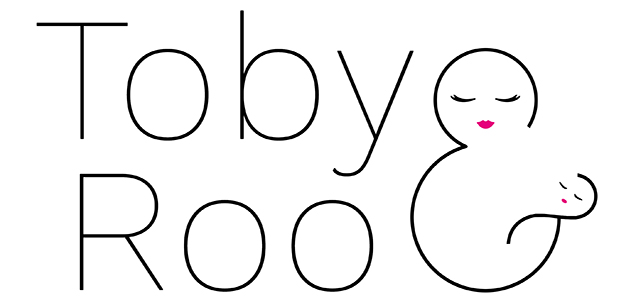Your book cover is often the first impression potential readers have of your work. A captivating cover can draw readers in and convey the essence of your book, making it an element in your publishing journey.
Finding the perfect book cover designer who can bring your vision to life is essential and somehow difficult, too. To help you make the process easier, here are the top 7 tips for you. Keep reading to find useful insights.
1. Identify Your Book’s Genre and Target Audience
Before searching for a book cover designer, clearly define your book’s genre and target audience. Understanding your genre helps you identify design elements that resonate with readers within that category. Each genre has specific visual cues and styles that appeal to its audience, such as dark covers for thrillers or bright designs for romance novels.
Knowing your target audience ensures that your cover appeals to the readers you want to attract. Consider their preferences, expectations, and the type of covers that typically catch their eye. This understanding will guide you in selecting a designer who can create a cover that aligns with genre conventions and attracts your intended readership.
Identifying your book’s genre and target audience provides a clear direction for your cover design, making it easier to communicate your vision to potential designers and ensuring that the final cover effectively captures the essence of your book.
2. Research Book Cover Designers
Conduct thorough research to find book cover designers who specialize in your genre and have a style that resonates with you. Start by exploring online portfolios, design websites, and social media platforms. Look for a book cover designer with a track record of creating successful book covers in your genre.
Pay attention to their design style, versatility, and creativity. Review their previous work to see if they have experience with similar projects and if their designs align with your vision. Take note of the designers whose work stands out to you and compile a list of potential candidates.
Researching book cover designers helps you identify professionals who have the expertise and style to bring your cover concept to life. It provides a foundation for selecting a designer who can effectively capture the tone and appeal of your book.
3. Review Portfolios and Samples
Examine the portfolios and samples of potential designers to assess their skills and style. Look for variety in their designs and their ability to adapt to different genres and themes. Pay attention to the quality of their work, including typography, image composition, and overall visual appeal.
Reviewing portfolios helps you understand the designer’s strengths and capabilities. It provides insights into their design process, creativity, and ability to create visually striking covers. Consider how their previous work aligns with your vision and whether they have experience creating covers for books similar to yours.
Reviewing portfolios and samples allows you to evaluate the designer’s proficiency and suitability for your project. It helps you gauge their ability to create a cover that stands out in a competitive market and effectively represents your book.
4. Check Testimonials and Reviews
Seek testimonials and reviews from authors who have worked with potential designers. Reviews provide valuable insights into the designer’s professionalism, communication, and ability to deliver on their promises. Look for feedback on their responsiveness, adherence to deadlines, and willingness to accommodate revisions.
Positive testimonials indicate a designer’s reliability and client satisfaction. They offer a glimpse into the designer’s working style and how well they collaborate with authors. Consider reaching out to authors for direct feedback or asking designers for references.
Checking testimonials and reviews helps you make an informed decision based on the experiences of others. It ensures that you choose a designer who is not only talented but also dependable and easy to work with.
5. Determine Your Budget
Establish a clear budget for your book cover design. Costs can vary widely depending on the designer’s experience, the complexity of the design, and additional services such as illustration or custom typography. Determine what you are willing to invest in your cover and communicate your budget to potential designers.
Discussing your budget upfront helps you find designers who can work within your financial constraints. Be transparent about your budget and ask for detailed quotes to understand what is included in the pricing. Some designers may offer packages or flexible pricing options that align with your budget.
Determining your budget ensures that you find a designer who can deliver quality work without exceeding your financial limits. It helps you manage expectations and avoid potential conflicts over pricing.
6. Explore Design Marketplaces
Consider exploring design marketplaces and freelance platforms to find book cover designers. There are many websites and online platforms that connect authors with freelance designers who specialize in book covers. These platforms allow you to browse portfolios, compare pricing, and read reviews.
Design marketplaces often provide tools to streamline the hiring process, such as project briefs and contracts. They offer a wide range of designers with varying styles and experience levels, giving you access to a diverse pool of talent.
Exploring design marketplaces provides a convenient way to find and compare book cover designers. It expands your options and helps you connect with designers who match your vision and budget.
7. Evaluate Communication Skills
Effective communication is essential for a successful collaboration with your book cover designer. Evaluate the communication skills of potential designers during your initial interactions. Consider their responsiveness, clarity, and willingness to discuss your project in detail.
A good designer should be open to feedback, able to explain their design choices, and willing to make revisions based on your input. Clear communication ensures that your vision is accurately translated into the final cover design and that any concerns are addressed promptly.Evaluating communication skills helps you choose a designer who can collaborate effectively and provide a smooth design process. It promotes a positive working relationship and ensures that your cover design aligns with your expectations and industry trends.



